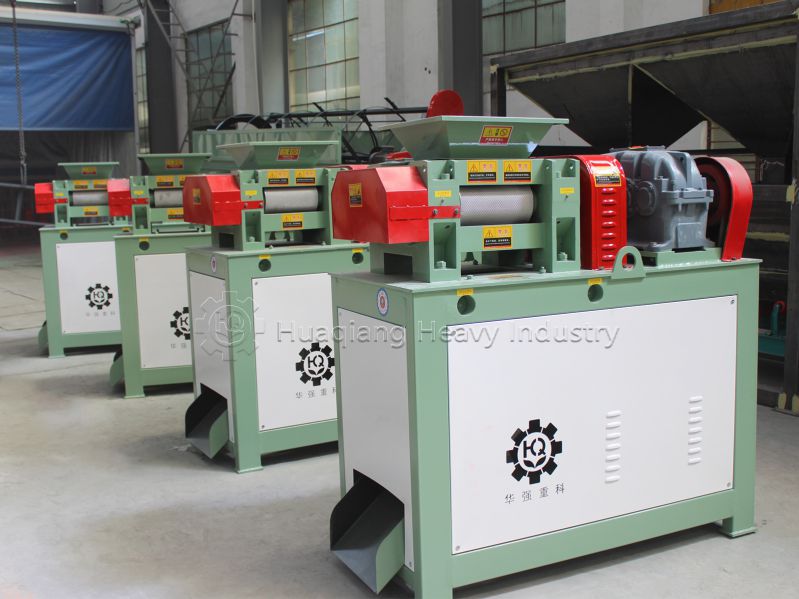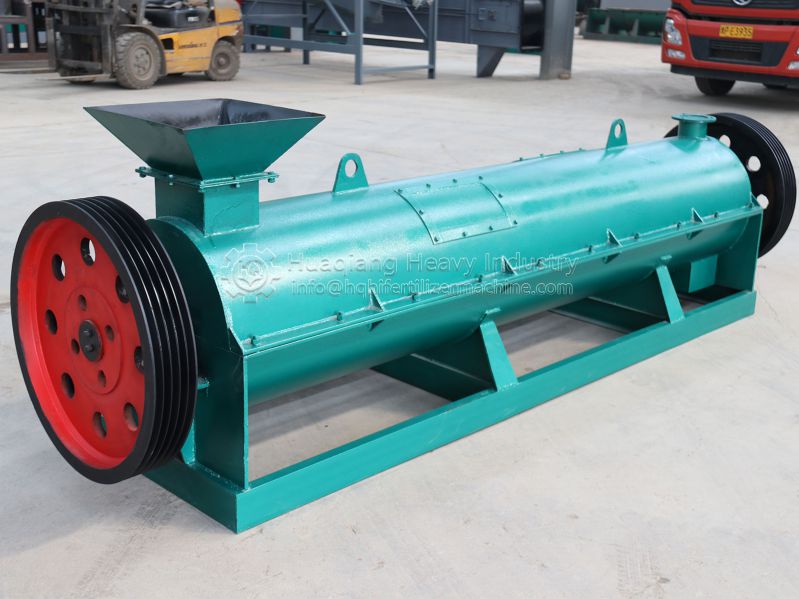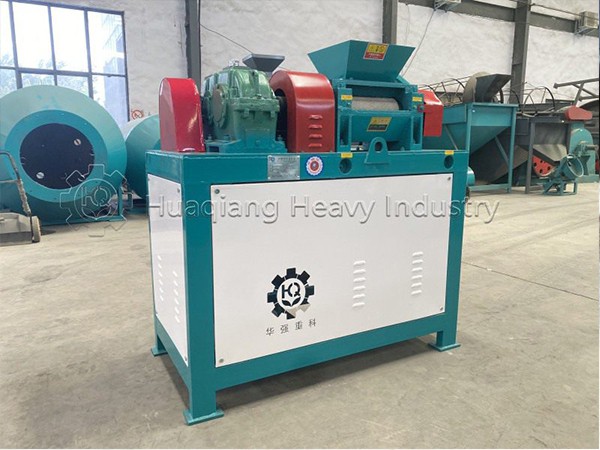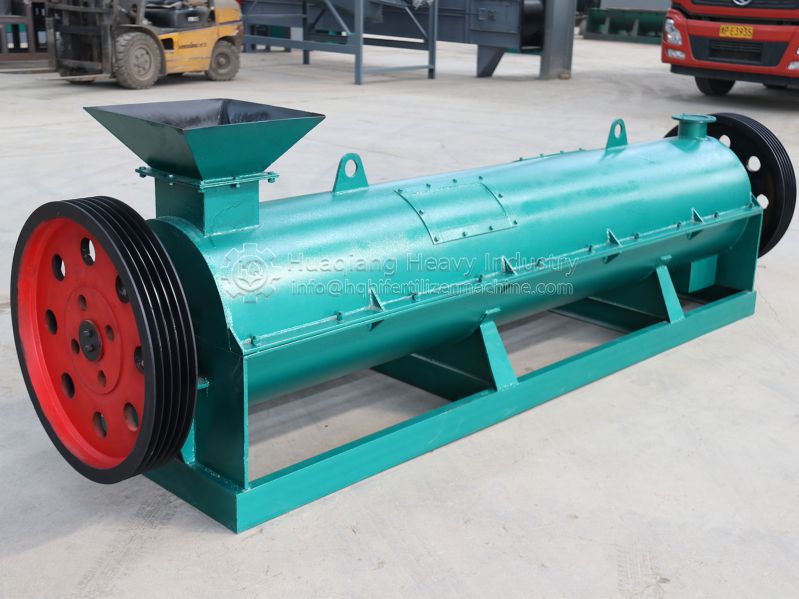Oil palm empty fruit bunch(OPEFB), rich in crude fiber and with a loose structure, are a high-quality raw material for organic fertilizer processing. However, these materials are prone to problems such as accumulation and oxygen deficiency, and uneven temperature during fermentation. The application of a compost turning machine provides crucial support for solving these problems, significantly improving the decomposition efficiency and quality of the oil palm empty fruit bunch.
In the fermentation stage of processing oil palm empty fruit bunch organic fertilizer, the crushed oil palm empty fruit bunch are first mixed with livestock and poultry manure, microbial agents, etc., in a certain proportion to form fermentation material. Because of the low density of oil palm empty fruit bunches, if left to stand for a long time after mixing, a closed space easily forms inside the material, leading to a decrease in the activity of aerobic microorganisms. This not only prolongs the decomposition period but may also produce unpleasant odors.
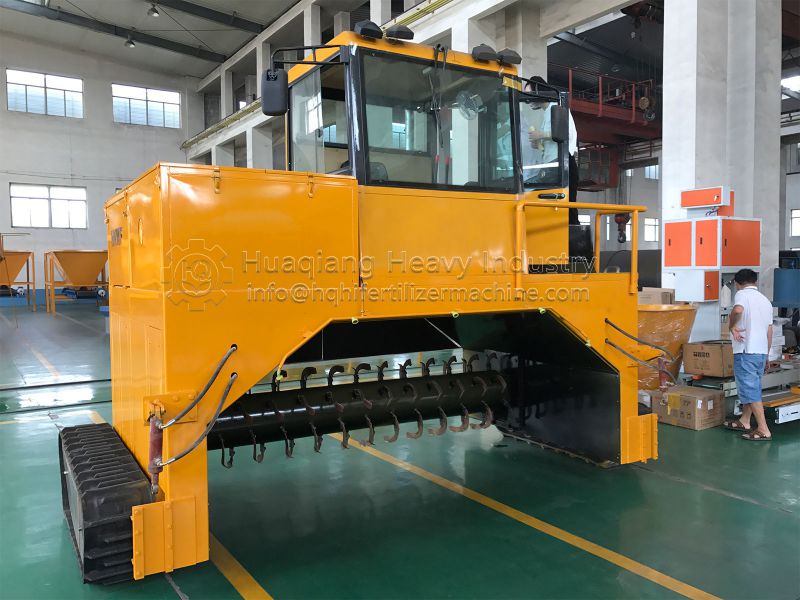
At this stage, the oil palm empty fruit bunch compost turning machine can periodically turn the fermentation pile, breaking up material clumps with mechanical force and introducing air into the pile to provide sufficient oxygen for microbial reproduction. Simultaneously, the turning process allows for thorough exchange of material throughout the pile, preventing localized overheating or underheating and maintaining the pile at a suitable composting temperature of 55-65℃, thus accelerating the decomposition and transformation of coarse fibers in the oil palm empty fruit bunch.
Furthermore, the compost turning machine can flexibly adjust the turning frequency according to the moisture content of the fermentation material. If the material is too moist due to the high hygroscopicity of the oil palm empty fruit bunch, increasing the number of turns can promote moisture evaporation; if the material is too dry, it can be turned simultaneously with the water replenishment process to ensure uniform moisture content.

